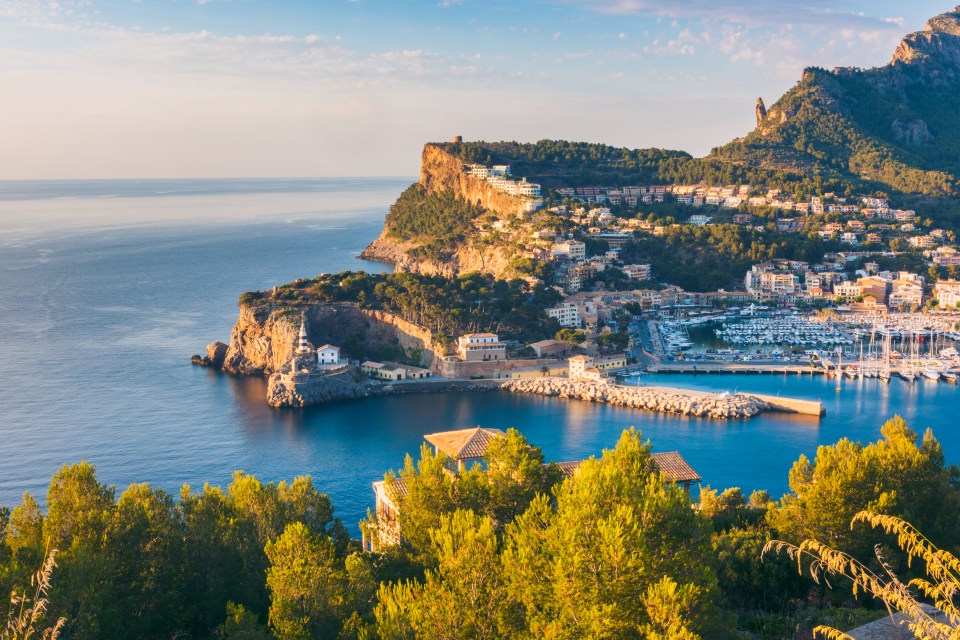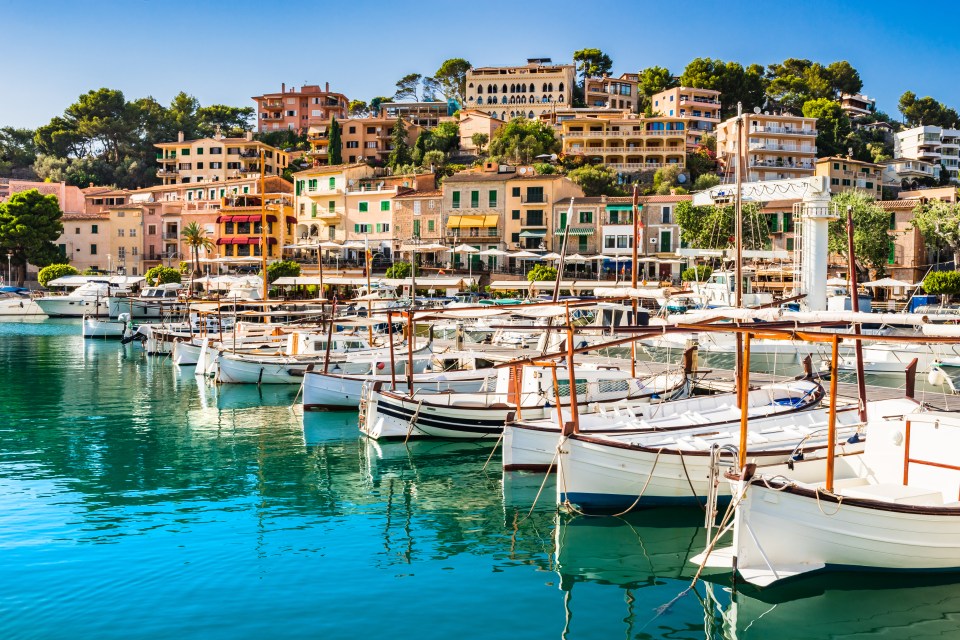This article is an on-site version of our Inside Politics newsletter. Subscribers can sign up here to get the newsletter delivered every weekday. If you’re not a subscriber, you can still receive the newsletter free for 30 days
Good morning. The answer to who the Conservatives should pick as their leader is, I think, screamingly obvious.
There’s one candidate in the race who has held two of the great offices of state, is one of the few politicians of either party to emerge from the Home Office with his reputation as a competent administrator and effective secretary of state unscathed; has shown an ability to get through tough media rounds under a series of leaders; has throughout this leadership campaign correctly identified that the first thing the Conservative party needs to fix is that too often it sounds weird, angry and unpleasant; and recognises that the party first of all needs to start sounding as if it likes the country it seeks to govern.
There’s one candidate who more than any other is singled out by politicians outside the Conservative party as the one they think would pose the greatest challenge to them.
The superior candidate in this contest — James Cleverly — further underlined his credentials by delivering the standout speech of the conference season yesterday. It electrified and energised previously gloomy MPs on the party’s moderate wing. It won the largest standing ovation at the conference and improved his odds. And, as both our reporters and the BBC’s World At One programme found, it shifted the opinion of some activists watching in the hall towards Cleverly.
And yet, and yet . . . I still feel as if this contest is ultimately going to be won by someone else, in large part because it’s such a familiar movie. A political party is turfed out of office after an economic shock. The party, given a choice between one of its more distinguished senior members and a candidate who tells it that its defeat was down to having been insufficiently radical, chooses the latter, then loses the next general election.
It’s an old, old, old story in British politics. There are two candidates offering that myth in this contest, and I suspect that history will repeat itself this time. Some thoughts on why that myth is just that — a myth — below.
Inside Politics is edited by Harvey Nriapia today. Read the previous edition of the newsletter here. Please send gossip, thoughts and feedback to insidepolitics@ft.com
Familiar fictions
In her speech to the Conservative party conference yesterday, Kemi Badenoch blamed the party’s defeat on having allowed itself to be bound “by a Treasury whose rules were written by Gordon Brown and a legal system re-engineered by Tony Blair”, adding for good measure that “when we went after Labour votes . . . we lost our own!”
There are a number of holes in this theory. The first is that the Treasury’s “rules” were quite extensively rewritten by George Osborne. He created the Office for Budget Responsibility, and by changing a lot of departmental budget lines from annual managed expenditure (AME) to departmental expenditure limits (DEL), he changed the relationship between the Treasury and spending departments in a number of important ways. It just isn’t right to say that the Treasury in 2024, or the UK’s broader fiscal arrangements, have not changed since 2010.
And the fruits of Osborne’s changes are clear to see: as chancellor, he successfully unpicked a great number of Brown’s tax rises and defunded, scrapped and rolled back much of New Labour’s policy programme. Theresa May, Andrew Lansley, Iain Duncan Smith, Chris Grayling and Michael Gove oversaw significant changes in how policing, immigration, health, welfare policy, criminal justice and education were delivered and managed.
Opinions will vary about the effectiveness of these reforms. Personally, I think some were brilliant and others disastrous, but that’s irrelevant because regardless of what you think about the record of these Cameron-era ministers, what you can’t dispute is that a) they happened, and that b) with the exception of what Michael Gove did at the Department of Education, they can hardly be seen as continuity Blairite or New Labour measures. They were significant, far-reaching and in many cases quite rightwing policies.
The same apparently ‘leftwing’ fiscal and legal framework doesn’t seem to have stopped the Conservatives implementing Brexit, a hammer blow to an essential aspect of the Blair-Brown economic model.
Just as importantly, it is not clear when this era in which the Conservative party “went after Labour votes and lost its own” happened. In 2010 and 2015, David Cameron made a conscious effort to woo Labour and Liberal Democrat voters. In 2010 he captured more additional constituencies in a single night than any Conservative leader since Stanley Baldwin and won the first Tory parliamentary majority since John Major in 1992. In 2019, after Boris Johnson embraced net zero and promised to spend more on the public services — both measures designed to woo Labour voters — he won the party’s biggest majority since 1987.
When you look at what harmed the Conservatives, it was a combination of personal failures, the fallout from Partygate and the conscious political decision to move to the right, not to the left. The Truss experiment destroyed the party’s reputation for economic competence. Then Rishi Sunak, having enjoyed political success with a series of centrist budgets as chancellor, led the Conservatives into an election in which he distanced himself from Boris Johnson’s pledges on net zero and public services — going into an election promising further tax cuts funded by a squeeze on government spending. His opening offer in that campaign was to bring back national service — a sop to Reform voters, not Labour ones. The result was the worst defeat in Tory party history.
It is just wrong to say that the Conservatives did not make big and significant changes to the Blair-Brown model of governing, and it is wrong to say that the party lost because it wasn’t rightwing enough.
But defeated political parties tend to respond well to this argument, a slicker version of which is on offer from Robert Jenrick, the candidate most likely to benefit from it. Is a strong speech from James Cleverly enough to convince enough Tory members not to do what so many defeated parties have done over the years? Over the course of the next month, we’ll find out.
Now try this
(Georgina) One of the little, bonus pleasures of an author talk is getting to hear how other readers perceive their work and worlds. And speaking last night at Foyles, novelist Alan Hollinghurst said two close friends were deeply split over his protagonist in the Line of Beauty: Nick Guest, a gay graduate who moves into the home of a Conservative MP in the 1980s. One “absolutely detested [Nick] from the first page” while another “got behind him the whole way”. So it was fascinating to hear Hollinghurst, launching his book Our Evenings, discuss how this delights him — and his hope for readers to experience shifts in mood or genre in one story, often from the comic to the dark.
(Stephen) I’m horrified to learn that there are people who don’t side with Nick! What a terrific novel The Line of Beauty is.
Top stories today
-
Knight-errant | Green energy magnate Dale Vince, who has donated more than £5mn to the Labour party, has been accused by his estranged wife of seeking to finalise their divorce in “haste” because he expects to receive an honour from Downing Street and wants to deprive her of a title.
-
Delay repay | The prime minister has repaid £6,000 of gifts and commissioned a new set of principles on hospitality to be published in the updated ministerial code, following a raft of revelations about clothing and other donations to senior cabinet members.
-
Conservative crossroads | Tory think-tanks are split over how to survive now the Conservatives have been ousted: should they try to shape the party in opposition or pivot to Labour?
-
Fiscal rule-breaking | The chancellor faces an economy mired in low growth, ballooning national debt and creaking infrastructure. But she’s also up against her own, self-imposed fiscal rules. Can Labour find a way out of its own Budget traps?














































































































































You must be logged in to post a comment Login